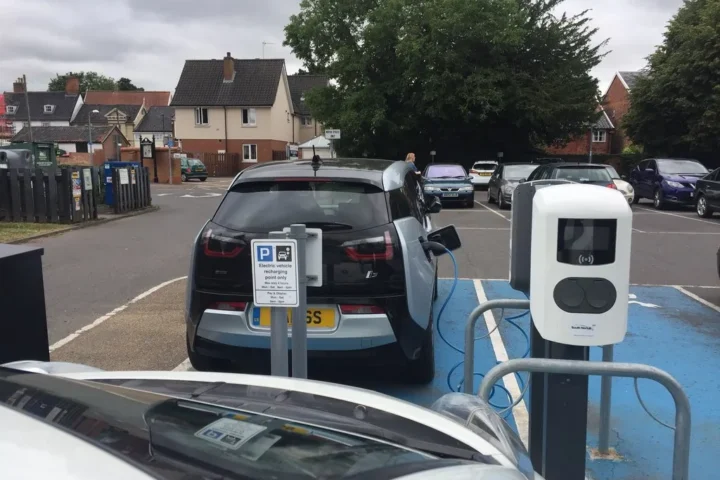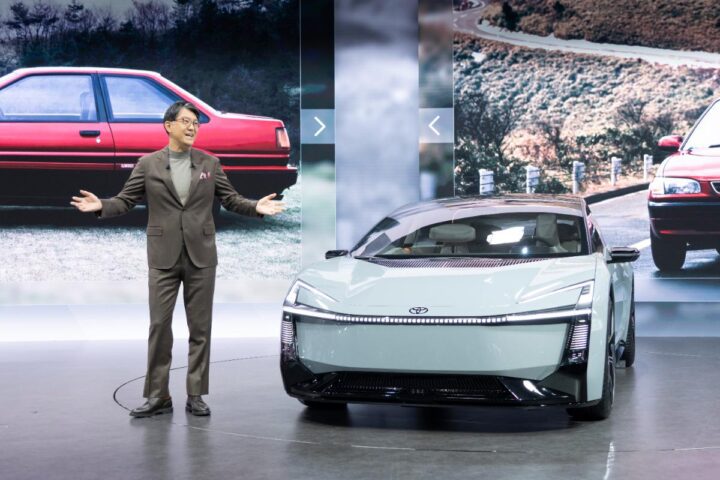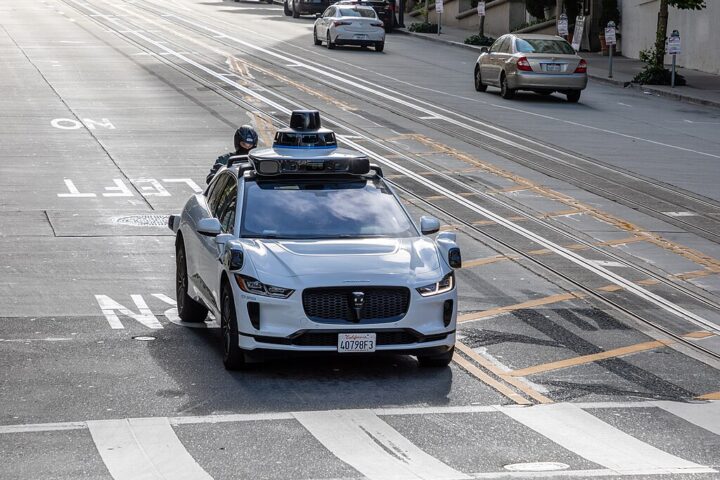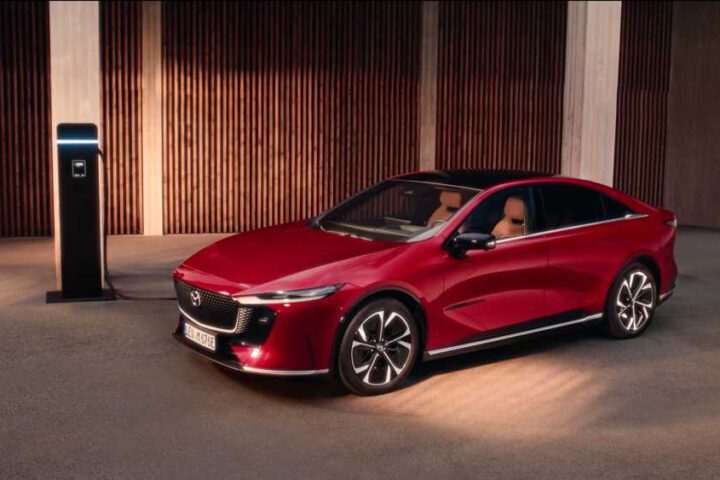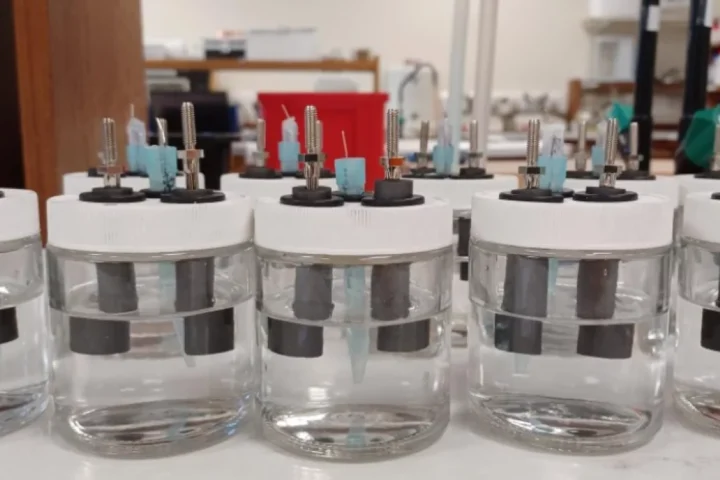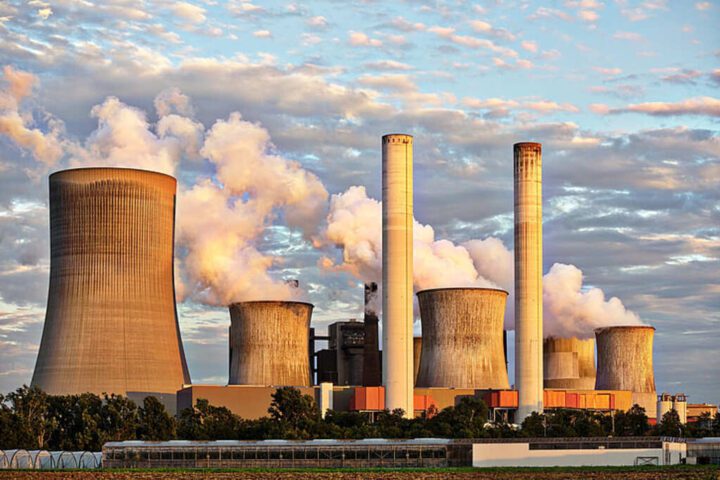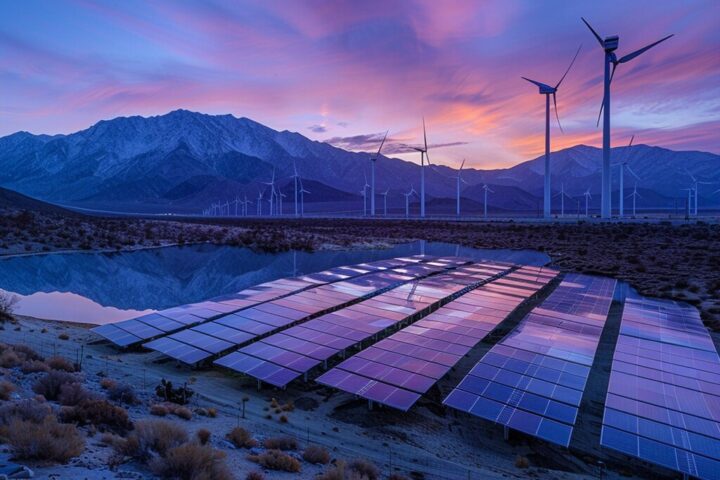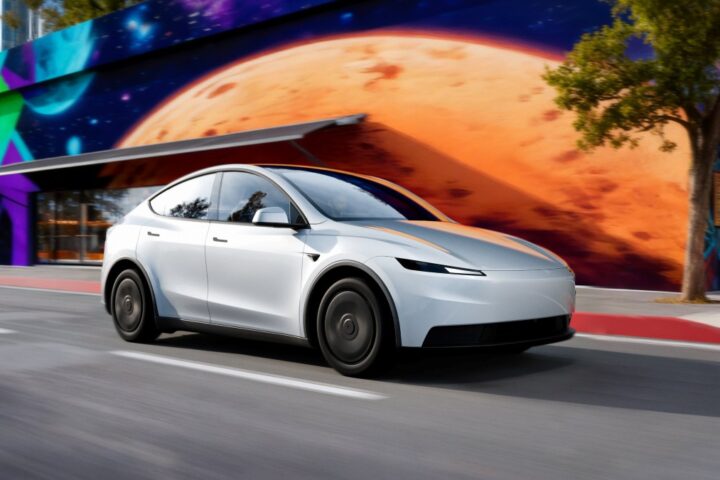Ireland shut its last coal power unit at Moneypoint on June 20, 2025, becoming the 15th European country to stop using coal for electricity, according to primary sources. The 915-megawatt station in County Clare will continue operating with heavy fuel oil during emergencies until March 31, 2029.
ESB’s official June 20 press release states: “After 40 years, ESB announces that coal generation has ended at Moneypoint Power Station.” The facility, commissioned between 1985 and 1987, has been converted to what grid operators call an “out-of-market generator of last resort” under Ireland’s Security of Supply Programme.
ESB’s press release from June 20, 2025, states: “Between now and 2029, Moneypoint will only be required to operate when the electricity system is short of generating capacity.” This arrangement with EirGrid and the Commission for Regulation of Utilities (CRU) keeps the station available for system emergencies while removing it from regular electricity market participation.
The station now contains a synchronous compensator, installed in 2022 with a €50 million investment. This technical equipment provides inertia and voltage support—necessary components for maintaining electrical frequency when wind and solar generation fluctuate.
Wind energy supplied approximately 37% of Ireland’s electricity in 2024, while solar added about 1 TWh, according to Ember’s electricity data. Anyone can monitor Ireland’s current fuel mix through EirGrid’s Smart Grid Dashboard, which displays real-time generation sources.
Similar Posts
Meanwhile, data centers have rapidly increased their electricity consumption. The Central Statistics Office reports these facilities used 22% of all metered electricity in Ireland during 2024, up from 5% in 2015. Quarterly consumption by data centers rose from 290 GWh in Q1 2015 to 1,829 GWh by Q4 2024. EirGrid projections indicate data centres and other new large energy users may account for approximately 30% of Ireland’s electricity by 2032.
ESB has developed its “Green Atlantic @ Moneypoint” plan for the site, detailed in publicly available concept documents. The location’s existing grid connections and coastal position on the Shannon Estuary feature prominently in these plans.
Beyond Fossil Fuels, which tracks European coal phase-outs, confirmed on June 20, 2025: “Ireland becomes Europe’s 15th coal-free country.” Their materials indicate Spain and Italy plan to end coal use on their mainlands later in 2025, though some islands will maintain coal capacity beyond that date.
For households interested in energy upgrades, the Sustainable Energy Authority of Ireland (SEAI) provides various grant programs, including One-Stop-Shop options and fully-funded schemes for eligible applicants.
EirGrid publishes system reports tracking Ireland’s electricity generation mix. These documents contain detailed percentages of each fuel type and renewable energy storage source, available through their System & Renewable Data Reports section.
The station was commissioned between 1985 and 1987 and, for decades, served as Ireland’s largest electricity generator. Its coal units totaled 915 MW of capacity.
As Ireland transitions to more renewable energy sources, challenges remain in balancing ecological concerns. Recent studies have highlighted potential conflicts between solar farms and bat populations, showing how careful planning is needed in the renewable energy sector. Maintenance of Ireland’s growing wind infrastructure will likely benefit from technological innovations similar to those seen elsewhere, with AI robots replacing fuel-heavy maintenance vessels for offshore wind farms in some regions.




